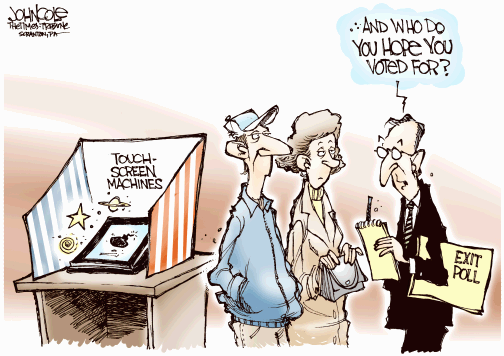
On October 3rd, 2010, both Peru and Brazil held elections. Peru held mayoral elections, while Brazil held general elections. Despite Brazil having a much bigger population than Peru, they could determine the results that same Sunday night, whereas it is uncertain until now, one week later, who was chosen to be the Lima mayor (the most important one given Lima is the capital city).
The most obvious reason seems to be that Brazil used electronic voting, and Peru did not. It is true that Brazil is better economically to implement this type of voting, but Peru has been consistently growing in the last years, and was one of the few countries which was not really affected by the world economic crisis. Anyhow, Peru is a centralized country, with all the development concentrating in Lima.
In Brazil, more than 100 million people voted and it was determined that there had to be a run-off to select the ultimate president. In Peru, about 6 million people voted to choose Lima’s Mayor, who is not announced yet. Anyways, this is not really that long for Peru standards. The fact that there is less than 1% of difference within the two top candidates has been crucial. Additionally, some votes are under revision suspecting an electoral fraud. Considering these two factors, then it is clear why a winner cannot be determined yet.
Peruvian authorities say it will take some more days, and the people are anxious to know the final decision and somewhat angry to know that our geographical neighbours are much more effective.
Further reading: Lima closest elections in years